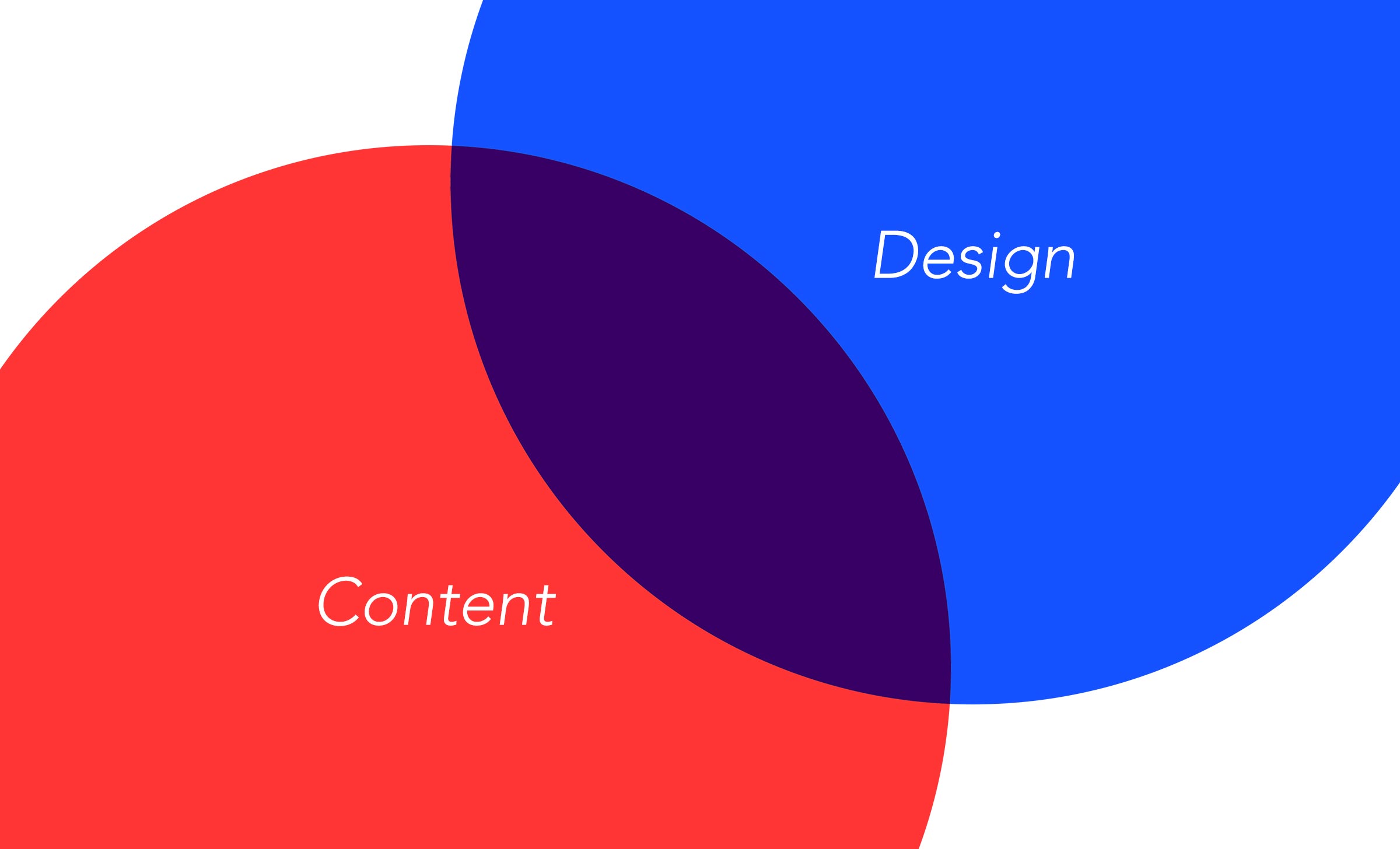Bring Content Strategy to the Table: Timing Is Everything
3 min read
Content is an essential part of any digital experience: what it says, but also where, when, and how it appears. You’ll need to populate your site or app with something. And the wrong content strategy can make or break your entire user experience.
Leaving content strategy for last?
Many digital project teams leave content strategy until the last minute. It’s a common misconception that content strategy is just content, and content is just words. So, you can forge ahead with major decisions without involving your content strategy team.
But content strategy involves far more than words. It means making sure your users can digest, understand, and act on every piece of information on your site or app. When pulled into the conversation last, your content strategy will be a constant source of trouble and rework. But it also won’t be the powerhouse it could be to make your product truly digestible, understandable, and easy for your users.
You’re leaving strategy for last.
If content strategists aren’t present for early discussions, they must do their later work around the void: the space dictated by marketing needs, visual design choices, development constraints, and… zero content strategy expertise. This robs content strategists of their main power: strategy.
Unmoored from strategy and hopelessly siloed from the rest of the team, content strategists trying to work their magic at the end of the project are bound by whatever strategic decisions have already been made. This is frustrating for them, certainly, but it also means that your site or app will now be missing that critical content strategy thought that it needs to be successful.
Late-game involvement means your content team can’t head off major concerns or disastrous decisions based on their expert knowledge. They’ll also be constrained by solutions that the rest of your team has arrived at without concern for how information will best be conveyed. This creates an inevitable disconnect between what your interface wants users to do or understand and their ability to do or understand it.
Other big UX problems are bound to come up with leaving content strategy for last, including:
- Ongoing Issues: Trying to solve major strategic problems without content strategy means rework for where your strategy fails — or letting the problems continue to fester.
- Expensive Setbacks: Content strategy, when it finally begins, will inevitably break the layout or create an edge case, which means extra time spent reworking design and development.
- Unchecked Risks: Concerns that a content strategist could have identified and provided solutions to early on go unnoticed. In the weeks leading up to launch, you’re busy putting out fires and plugging holes in your budget that could have been avoided.
- Missed Opportunities: Good content strategy established early in a project can bring efficiency-boosting clarity to business processes and definitions.
- Poor Experience: Without a content strategist to speak to their expertise, user experience will suffer, wasting time, money, and energy.
Content Strategy—From the Start
Failure is inevitable when trying to solve strategic problems without a critical part of your team. You wouldn’t dream of making project planning decisions without your project manager. Likewise, you’re missing essential UX input if you make strategic decisions without your content strategist.
Every element of a site or app contributes to the user experience, and that includes content strategy. Including content strategists from the very start of a project gives your product the benefit of their user-informed, content-specific perspective from beginning to end. They’ll make choices, for example, about navigation, structure, organization, interactions, and the presentation of information in a way that will help your users complete tasks and engage with your site or app more easily.
Support your project’s success by giving your content strategy team their very own seat at the discussion table, from the very beginning stages of project planning all the way to project launch.





